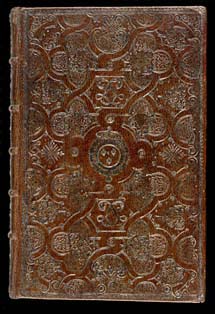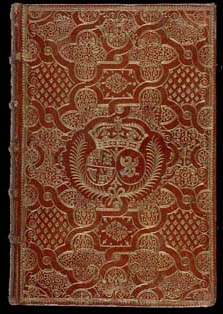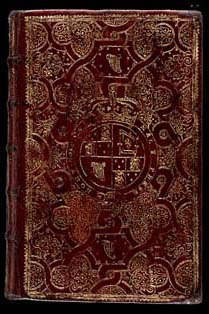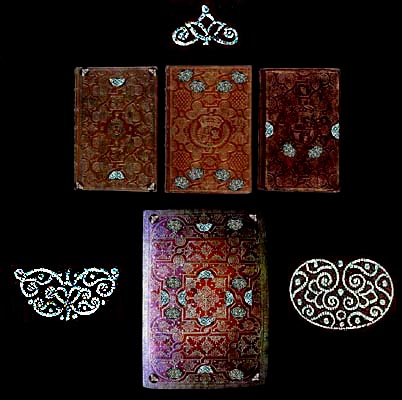 French binding, with an ownership mark of Louis XIV, King of France (1638-1715) French binding, with an ownership mark of Louis XIV, King of France (1638-1715) |
 French binding, bearing the Coat of Arms of James II and Mary, of Modena, Queen, consort. French binding, bearing the Coat of Arms of James II and Mary, of Modena, Queen, consort. |
 French binding circa 1690, bearing the Coat of Arms of James II, King of England, (1633-1701) French binding circa 1690, bearing the Coat of Arms of James II, King of England, (1633-1701) |


